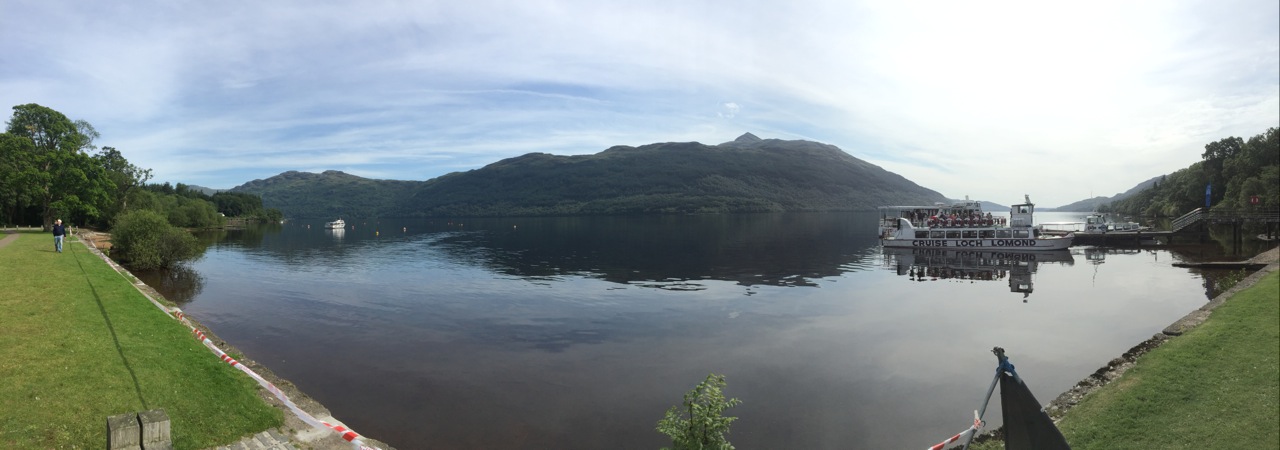by Betsy Herbert, Earth Matters
published in the Santa Cruz Sentinel 8/19/2016
I just watched a brilliant TED Talk by Canadian forest ecologist Suzanne Simard, explaining how trees talk to each other through vast underground networks of roots and fungus filaments called mycorrhizae. Simard explains that while trees don’t have brains or vocal chords, they communicate through these biological networks to — among other things — recognize and nurture their offspring and share resources with other trees in distress.
“It might remind you of a sort of intelligence,” she says.
A walk through the redwoods at Big Basin Redwoods State Park can be a peaceful part of the day. (Dan Coyro -- Santa Cruz Sentinel)
She describes her 30 years of experiments in forests of the Pacific Northwest — research demonstrating that Douglas fir and paper birch trees communicate through these natural networks. These two symbiotic tree species help each other out by nutrient sharing during different times of the year.
In another experiment, she mapped forest underground networks to show how the biggest, busiest nodes cluster under the big “mother trees,” which send carbon and other nutrients through the network to their offspring trees.
Scientists have known about the fungus/plant root relationship since 1885, when the King of Prussia commissioned A. B. Frank to investigate cultivating truffles. While Frank didn’t succeed, he described the presence of mycorrhizae and coined the word, which means fungus-root.
Today, mycorrhizal networks are recognized as the modus operandi of more than 85 percent of plants in nature, including Sequoia sempervirens and other plants in the redwood forest ecosystem.
Since the 1990s, scientists have recognized that these vast mycorrhizal networks are fundamental to building soils and sustaining healthy forests. Mycorrhizal networks increase the supply of nutrients to trees and understory plants, provide protection from parasites and nematodes, stimulate tree growth, facilitate water uptake and increase carbon sequestration in soils.
At first I wasn’t convinced by Simard that trees talk. As a longtime forest protection advocate, I used to wear a button saying, “If trees could scream ... ,” alluding to the fact that trees can’t speak for themselves in the face of human onslaught. Simard made me do a double take. Maybe trees can talk, but we simply aren’t listening.
As author Michael Pollan said in the New Yorker in 2013, “Plants speak in a chemical vocabulary we can’t directly perceive or comprehend,” and the conversation takes place through these natural networks.
Pollan’s article summarizes an ongoing scientific debate, in which many scientists balk at the concept that plants possess intelligence, historically assumed to be the exclusive domain of the animal kingdom. The argument goes something like this: Animals have neurons and brains, which are the seat of intelligence. Since plants don’t have neurons or brains, they can’t be intelligent.
Other scientists argue that it depends on how one defines intelligence, a longstanding topic of philosophical debate. Advocates of plant intelligence like Italian botanist Stefano Mancuso define intelligence as “the ability to solve problems.” Given that definition, it seems undeniable to me that trees possess intelligence. Simard and other scientists have shown that trees communicate.
Is there something the trees are trying to tell us?
Simard implies that humans should listen carefully to what the trees are saying, particularly the intensively clear-cut forests of the Pacific Northwest, where she has done her research. Forests are complex systems with interconnected networks that allow trees to communicate, making the forest resilient.
But the forest is still vulnerable to things like bark beetles, high-grade logging and clear-cut logging. All these things destroy the hub trees, which, Simard says, can be seen as rivets in an airplane. Remove one or two and the plane still flies, “but if you take out one too many, or maybe that one holding on the wings, and the whole system collapses.”
Betsy Herbert is an environmental writer who recently returned from a yearlong trip around the world. She serves on the boards of Sempervirens Fund and the Santa Cruz Mountains Bioregional Council. You can read her articles and travel blog at www.betsyherbert.com.































